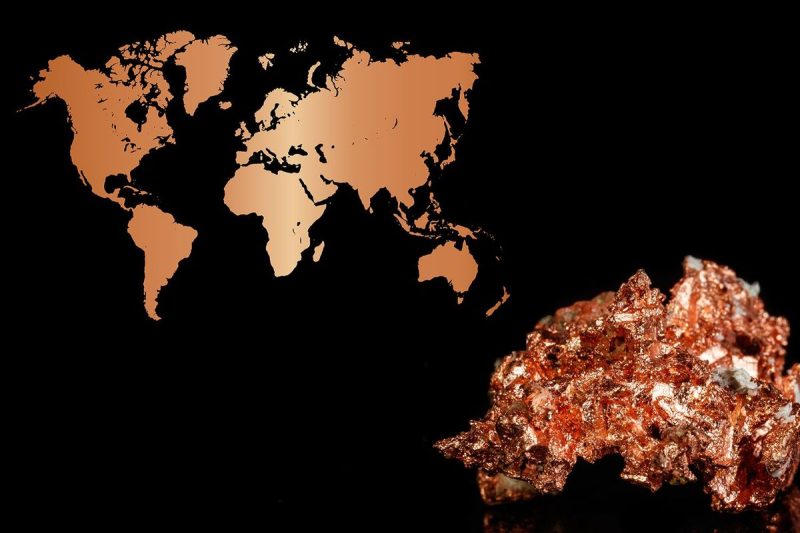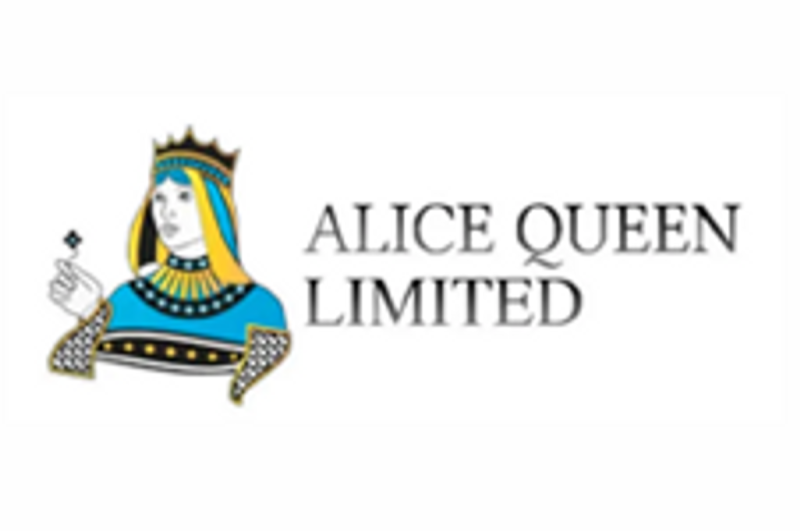President Donald Trump on Tuesday (August 19) blasted a federal appeals court for halting a land transfer crucial to the development of the Resolution Copper mine in Arizona.
The San Francisco-based 9th US Circuit Court of Appeals issued the ruling on Monday (August 18) which temporarily blocked federal officials from transferring land to Rio Tinto (ASX:RIO,NYSE:RIO,LSE:RIO,OTC:RTPPF) and BHP (ASX:BHP,NYSE:BHP,LSE:BHP,OTC:BHPLF).
The judges said the pause was needed while they weigh arguments from the San Carlos Apache Tribe, which contends the project threatens sacred religious and cultural sites.
Trump, who just a day earlier hosted executives from Rio Tinto and BHP at the White House, lashed out on social media.
“It is so sad that Radical Left Activists can do this, and affect the lives of so many people,” the president wrote on Truth Social. Calling the 9th Circuit a “radical left court,” he said opponents of the mine were “Anti-American, and representing other copper competitive Countries.”
“Our Country, quite simply, needs Copper — AND NOW!” Trump added.
White House meeting with Trump
Rio Tinto CEO Jakob Stausholm confirmed in a LinkedIn post that he, Rio’s incoming head of copper operations Simon Trott, and BHP CEO Mike Henry met with Trump and Interior Secretary Doug Burgum to emphasize the company’s role in delivering US copper and other minerals.
“Today, I visited the White House with Simon Trott to meet with US President Donald Trump, Secretary of the Interior Doug Burgum, and other officials to discuss Rio Tinto’s crucial role in delivering American copper and other critical minerals,” Stausholm wrote.
Stausholm highlighted the company’s 150-year history in the US and cited a portfolio that stretches from copper and lithium to recycled aluminum and borates. He pointed in particular to Resolution Copper, a joint venture with BHP that could become one of the world’s largest copper mines if approved.
“Resolution Copper has the potential to become one of America’s biggest copper mines, contributing US$1 billion annually to Arizona’s economy and creating thousands of local jobs in a region where mining has played an important role for more than a century,’ reads the Resolution Copper statement.
Local opposition
Despite this, the project has been mired in controversy for more than a decade. Tucked beneath Arizona’s Tonto National Forest, the ore body is considered among the largest untapped copper deposits in the world.
Its backers argue it could supply more than a quarter of US demand for copper, a material used in everything from power grids and electric vehicles to smartphones and fighter jets.
Congress approved the land transfer in 2014 by attaching it to a must-pass defense spending bill, requiring that an environmental review be completed before the deal was finalized.
The underground mine’s construction would then ultimately create a massive crater, encroaching upon a site where Apache groups hold religious ceremonies.
Opponents, led by the San Carlos Apache, have fought the project in court for years, with limited success until the CA’s Monday ruling.
Terry Rambler, chairman of the tribe, welcomed the appeals court’s decision. He noted that Rio Tinto and BHP are headquartered in Australia, and Rio’s largest shareholder is a Chinese aluminum company.
“I look forward to sitting down with the administration and providing factual information that will help protect American assets,” Rambler said in a Reuters report, adding that he believes the copper from the Resolution project will be exported to China.
However, Rio insists that all of Resolution’s copper would stay within the country if the mine is approved. The company operates one of just two active copper smelters in the country at its Kennecott site in Utah.
At Kennecott, Rio Tinto produces about 20 percent of the country’s refined copper each year. The company has also recently expanded into lithium processing with the acquisition of a facility in North Carolina — the only active producer of lithium metal in the Western Hemisphere.
“Copper is essential to modernizing the nation’s infrastructure, supporting domestic manufacturing and securing America’s global competitiveness,” the company said in a recent report where it also cited its investments in both traditional mines and new, lower-impact extraction technologies.
Securities Disclosure: I, Giann Liguid, hold no direct investment interest in any company mentioned in this article.










